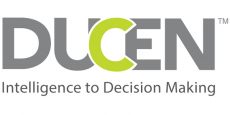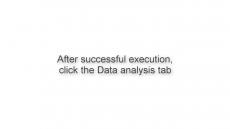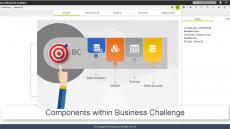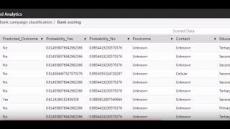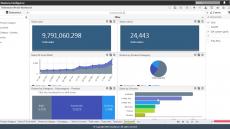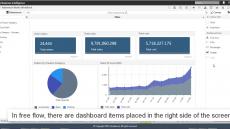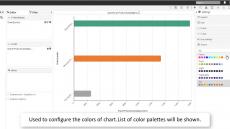- October 2021 (1)
- July 2021 (1)
- May 2021 (1)
- April 2021 (2)
- March 2021 (3)
- February 2021 (2)
- January 2021 (2)
- December 2020 (3)
- November 2020 (2)
- October 2020 (2)
- September 2020 (3)
- August 2020 (2)
- July 2020 (2)
- June 2020 (2)
- May 2020 (3)
- April 2020 (3)
- March 2020 (4)
- February 2020 (2)
- January 2020 (1)
- December 2019 (1)
- November 2019 (1)
- October 2019 (2)
- September 2019 (2)
- August 2019 (2)
- July 2019 (3)
- June 2019 (2)
- May 2019 (2)
- April 2019 (1)
- November 2018 (1)
- September 2018 (1)
- July 2018 (12)
- May 2018 (1)
- April 2018 (1)
- March 2018 (4)
- January 2018 (2)
- November 2017 (2)
- October 2017 (2)
Analance is a robust, scalable end-to-end platform that combines Data Science, Business Intelligence, and Data Management into one integrated self-serve platform. It is built to deliver core analytical processing power to ensure data insights are accessible to everyone, performance remains consistent as the system grows, and business objectives are continuously met within a single platform.
Analance is focused on turning quality data into accurate predictions allowing both data scientists and citizen data scientists with point and click pre-built algorithms and an environment for custom coding. Analance empowers organizations to use data for storytelling that better communicates data findings and opportunities to decision makers across various industries and departments.
Get a demo of Analance or take it for a 30-day test drive.


